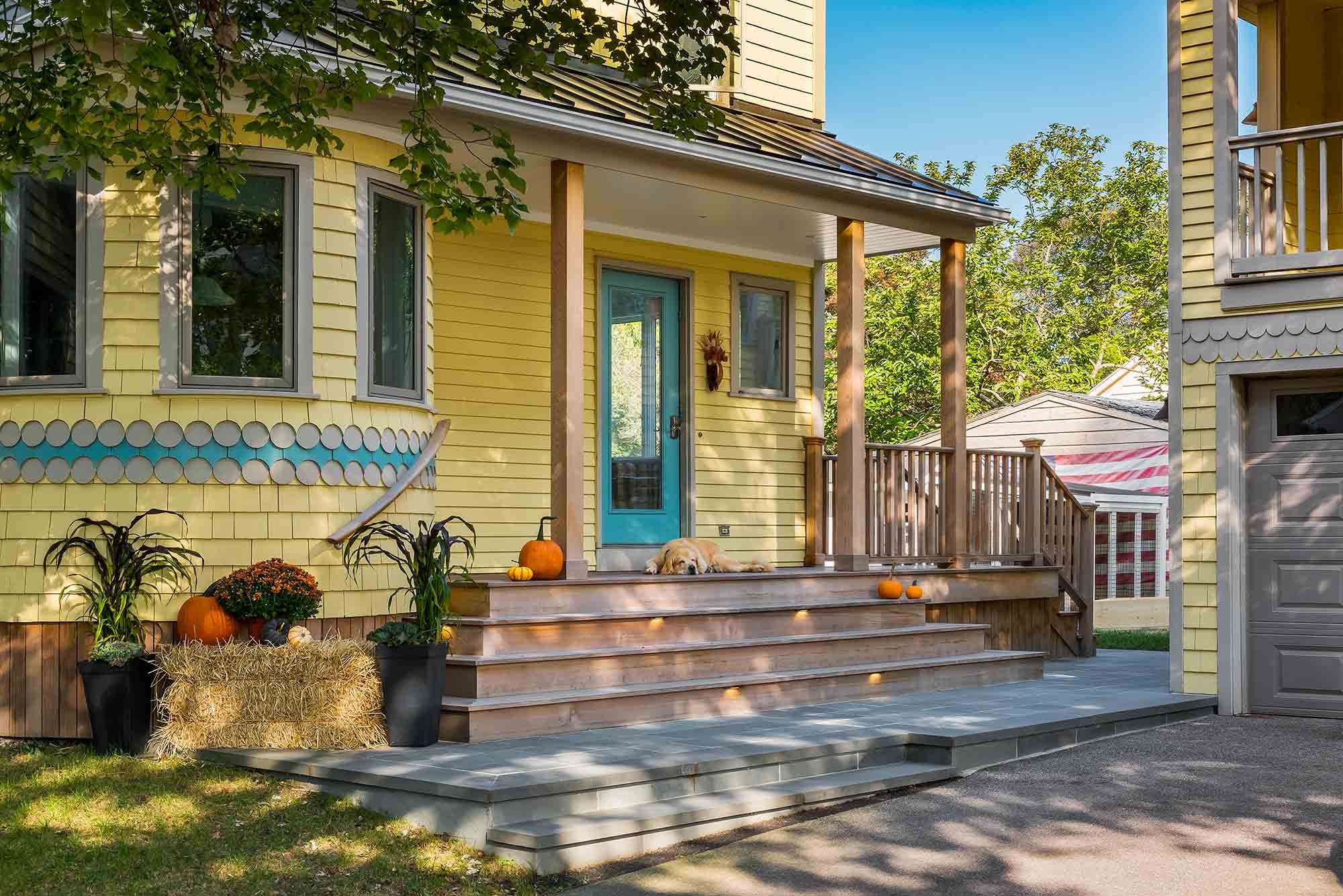
Rhode Island Stretch Codes
Everything to Know About Rhode Island Stretch Codes
If you’ve ever gone through or are planning a home renovation in Rhode Island, you (and your contractor, hopefully) know that there are specific rules and regulations surrounding what you can and can’t do when remodeling or building a new home. These building codes set minimum standards for the construction industry and ensure quality and safety in the built environment. But did you know that many states–Rhode Island included–have a set of voluntary codes designed to go beyond the minimum requirements and promote energy efficiency, waste reduction, and sustainability? In this week’s article, we’ll take a look at the residential portion of Rhode Island Stretch Codes, what they mean, why they’re important, and how homeowners can utilize them. Keep reading for more!
What are Residential Stretch Codes?
In 2009, Rhode Island was the first state to sign a Green Buildings Act (RIGL §37-24) into law. While the Green Buildings Act was focused on public facilities, later, in 2018, Rhode Island’s first set of voluntary stretch codes was introduced for residential and public construction projects.
From the RI Office of Energy Resources, Rhode Island stretch codes are “used on a voluntary basis to guide the construction and/or renovation of buildings that use less energy, have [a] less negative impact on the environment, and achieve higher levels of occupant health and comfort.” Not only do these codes help to comply with the Green Buildings Act, but they’re also part of a statewide effort to reduce energy consumption, make utility costs more affordable for homeowners, and meet the state’s greenhouse gas reduction targets (80% below 1990 levels by 2050). Additionally, stretch codes are often a precursor to mandatory regulations enacted at future dates, making it a good idea to start implementing these beforehand.
Why are Rhode Island Stretch Codes Important?
According to the Rhode Island Green Buildings Advisory Committee (GBAC), 72% of all electricity consumption in the United States comes from buildings. U.S. buildings are also responsible for 38% of all carbon dioxide emissions in the country, 40% of raw material usage, 30% of total waste output, and 14% of potable water usage. Those are some staggering numbers! But wait–there’s good news too!
The GBAC estimates that complying with regulations set out by the Green Buildings Act will, at minimum, save 20% of project water use, 10% of project energy use, and 65% of construction and demolition waste while also increasing indoor air quality, and promoting sustainable building practices and material use. As the Green Buildings Act only applies to public buildings, there are also ways homeowners can chip in. By employing Rhode Island Residential Stretch Codes in their home projects, homeowners will only strengthen the state’s efforts to reduce the negative impacts of the building industry while promoting its overall positive impacts and moving toward a sustainable future.
The Rhode Island Residential Stretch Code
The Rhode Island Stretch Code, though voluntary, can be applied to all new residential construction, additions, and renovations. It’s important to note, too, that the Residential Stretch Code doesn’t replace any existing codes–just builds on them and raises the minimum standards. The code encourages and incentivizes homeowners (and builders) to meet these higher standards in areas such as insulation, heating and cooling systems, and renewable energy sources.
To give you an idea of the requirements the Stretch Code includes, here are a few examples:
1. Compliance with the Department of Energy’s Zero Energy Ready Homes (ZERH) national program requirements. ZERH-compliant homes are, at minimum, 40%-50% more energy efficient than typical homes and are designed to achieve zero net energy status annually.
2. Use of wireless “Smart” thermostats and high-efficiency HVAC systems.
3. Making your home “renewable ready” by including infrastructure for the installation of future renewable energy sources like solar panels.
4. Compliance with the EPA’s WaterSense program and use of “WaterSense” labeled products to increase water efficiency inside and outside the home.
5. Attain Electric Vehicle Readiness by incorporating Level 2 charging stations for EVs.
6. Meet indoor environmental air quality standards by compliance with the EPA’s Indoor AirPLUS certification.
Benefits of the Rhode Island Residential Stretch Code
Big picture, Rhode Island Residential Stretch Codes are an essential step toward promoting energy efficiency, meeting the state’s greenhouse gas reduction targets, and achieving a sustainable future for everyone. On an individual level, homeowners and builders looking to adopt these standards have numerous opportunities to benefit too. Meeting higher energy efficiency standards helps reduce greenhouse gas emissions, makes homes more comfortable and healthier, and can save homeowners money. As potential home buyers are increasingly looking for energy-efficient and sustainable residences, adhering to Rhode Island Stretch Code standards adds value to your home and is a significant selling point.
If you’re interested in how to make your home comply with the Rhode Island Residential Stretch Codes, Red House Design Build is here to help! Our team is passionate about the environment, sustainable building practices, and making the built world a better place for all. Contact us here or schedule your Discovery Call today!
Build well. Build Beautiful.
- Category :
- Type :

